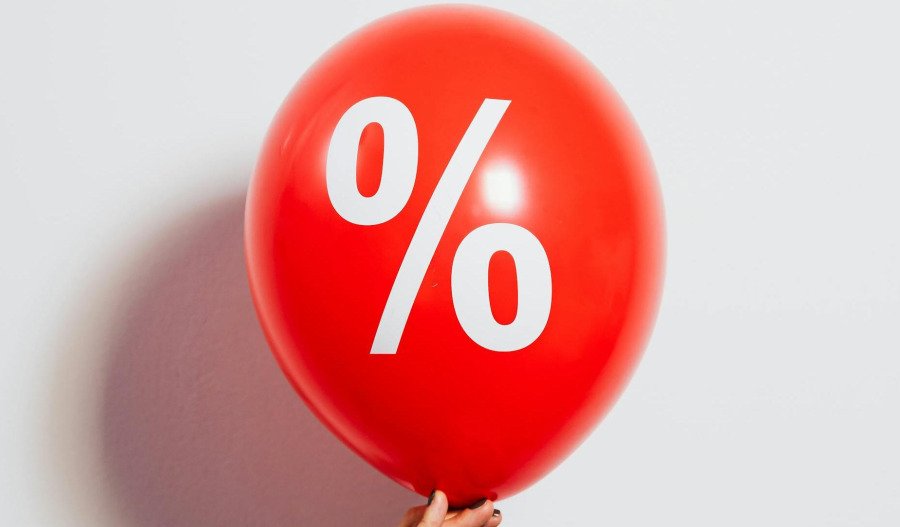How could they have gotten it so wrong?
The question applied to football tipsters after the third and deciding State of Origin rugby league game unexpectantly won by Queensland last Wednesday and it was certainly being asked about economists and financial markets a day earlier.
Notwithstanding they may be feeling the scars of failing to predict how the Reserve Bank of Australia (RBA) would keep interest rates steady last Tuesday, the ‘dismal scientists’ paid to make economic forecasts have fearlessly jumped back into their spreadsheets.
Their tip: the central bank will cut the official cash rate by 25 basis points to 3.60% when it next meets on 12 August, which is exactly what the overwhelming majority were wrongly expecting to happen on 8 July.
The chances of this happening are 95%, according to the Australian Securities Exchange’s RBA Rate Indicator, which bases the calculation on prices in ASX 30 Day Interbank Cash Rate Futures.
But the same indicator placed a 97% probability of a cut just before the RBA made its shock announcement that it was cautiously waiting for a little more information about whether it had inflation, as measured by the consumer price index (CPI), under control.
Little did they know that three of the nine members of the RBA’s Monetary Policy Board voted for a rate cut, demonstrating that directors were divided and most were prepared to do the unexpected.
Just four of 32 economists polled by Bloomberg had been brave enough to ignore the evidence to the contrary and say they expected no change.
This time they are more emphatic with all 30 respondents to a Reuters survey on 8 and 9 July expecting the rate to fall to 3.60%, according to this story.
Commonwealth Bank of Australia Senior Economist Belinda Allen said RBA Governor Michelle Bulloch was at pains to point out in her press conference that the discussion was about the timing of the cut and not the direction of the cash rate.
“An August rate cut appears almost certain, barring a large miss to the upside on trimmed mean (underlying CPI,” Allen wrote in a note.
She said the RBA was waiting for the full quarterly CPI on 30 July to confirm inflation was heading back into the centre of the target band.
“The next most likely timing of a rate cut is November, given the Board’s stated preference today to see the quarterly CPI before moving and to maintain a ‘cautious and gradual approach’. The risk remains of an additional rate cut in early 2026,” Allen said.
Goldman Sachs said without a global shock, the RBA appeared to have a strong bias to adjust monetary policy gradually and only after quarterly CPI reports.
It forecasts 25-basis point cuts in August, November and February to reach a terminal rate of 3.1%.
“However, we see the balance of risks to our central scenario as skewed towards a deeper easing cycle if the RBA’s focus on year-over-year changes in the quarterly CPI data potentially proves to be too backward looking and risks "falling behind the curve",” the investment bank wrote.
Joining them in forecasting a cut to 3.60% next month were AMP, ANZ, National Australia Bank (NAB) and Westpac with some looking further out into their crystal balls.
Shane Oliver of AMP, Gareth Spence of NAB and Luci Ellis of Westpac are pencilling in a 25 bps reduction in November, with Oliver and Ellis also seeing cuts in February and May 2026.



